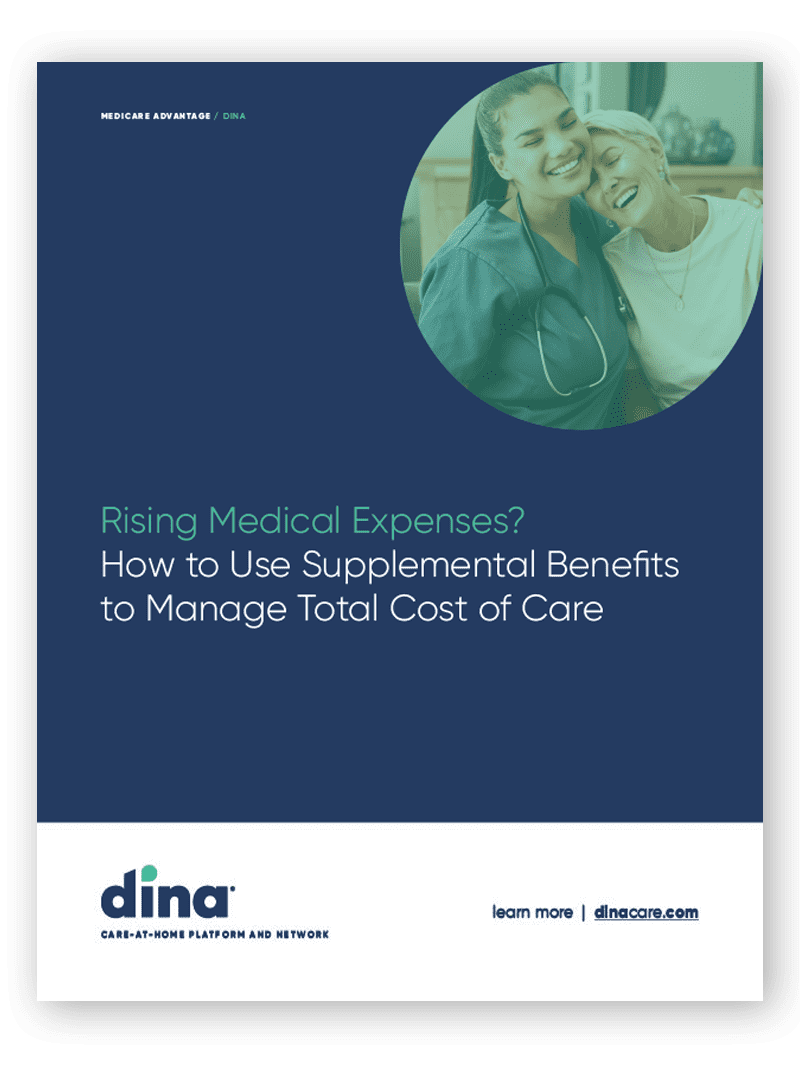
It seems the only constant in Medicare Advantage (MA) and other government-sponsored programs is change, and this year was no exception.
MA is entering its third decade facing challenges like funding cuts and changing reimbursement models. To succeed, many health plans are shifting focus to personalized benefits, value-based care initiatives, and improved member experiences.
As a new administration prepares to take office, here are some of the programs and trends we’ll be watching in 2025.
It will likely take us several months to have a better picture of what the new administration will prioritize from a healthcare perspective, but I expect bi-partisan support for improved controls over risk adjustment within Medicare Advantage, and a reframing of the STARs that support consumer choice, access, and experience. Also, I expect a repackaging of programs/rules/incentives that address foundational problems in two areas that largely have bi-partisan support: improving whole person care/outcomes with non-medical benefits (i.e., SDOH, health equity), and addressing the growing shortage of caregivers (professional, as well as resources for family caregivers). Buckle up… and be prepared for lots of changes in messaging.
Ashish V. Shah, Dina CEO
After explosive growth, payers will see more value aligning benefits with targeted cohorts rather than follow the “all things to all people” approach of recent years. To be successful, payers will need to adjust to changes to Star ratings from CMS and shift focus to access, quality and outcomes.
Sherman Sanchez, Dina President

As our nation ages, and with the need to address mental health and loneliness challenges, I’m hoping 2025 brings us new place-based care models (that Dina can support) that capitalize on the strengths of our old-style institutional care and current approaches to community-based services. We need new models that engender trust and create relationships with the people we serve, and provide ongoing, place-based support, not just when people are sick but also when they are well—to ensure they stay well.
Mary Naylor, Director, NewCourtland Center for Transitions & Health, University of Pennsylvania
Responding to unprecedented scrutiny of utilization management, MA plans will continue to invest in data and transparency around supplemental benefits in anticipation of rising requirements from CMS and in anticipation of a standardization of supplemental benefits across the board.
Travis Woyner, Dina VP of Strategy
I think there is a vulnerability with Medicaid due to a potential combination of ACA subsidies expiring AND less federal support for Medicaid funding. So we may see a wave of people lose access to subsidized (i.e. affordable) ACA coverage, only to find themselves in a Medicaid safety net that is at risk of getting smaller. On the other hand, I expect to see a big push from the new administration with Medicare Advantage, with a heavier emphasis on adoption of MA vs. fee for service. The capitated nature of MA for the government lines up with the incoming administration’s bias towards privatization of government spend.
Andy Walsh, First Analysis Managing Director

Rising Medical Expenses?
Don't Cut Benefits!
Instead, see how to drive smart utilization of non-medical benefits to meet your value-based objectives. Download the report "Rising Medical Expenses? How to Use Supplemental Benefits to Manage Total Cost of Care" to learn more.





